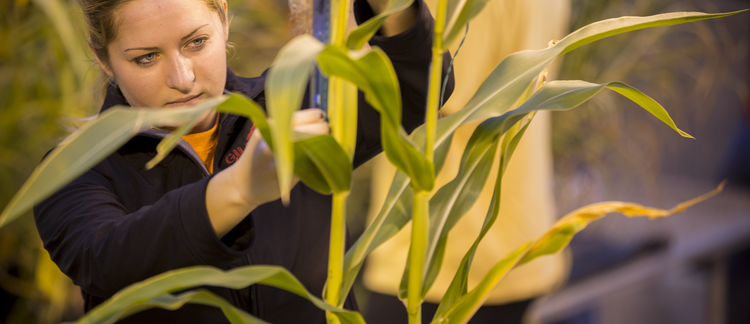Abstract
Subsurface drainage systems are an important component of agricultural production systems in many areas of Iowa. However, these drainage systems have been shown to deliver nitrate-N to downstream waterbodies. So, although subsurface drainage is important for crop production, we also need to consider the design of these systems to minimize nitrate-N loss. Use of drainage water management in the design and operation of subsurface drainage systems is one potential method to reduce nitrate-N loss. Drainage water management may consist of drains installed at shallower depths (i.e. shallow drainage) than conventional designs, or installing water control structures at the outlet (i.e. controlled drainage). Since 2007, a study has been conducted at the Southeast Research and Demonstration Farm, Crawfordsville, Iowa, to determine the impact of shallow, controlled, conventional, and no drainage on crop yields, subsurface drainage volumes, and nitrate loss through subsurface drainage. This research investigates whether drainage water management reduces nitrate loadings to downstream surface waters, as well as the yield benefits of these drainage systems.
How to Cite:
Helmers, M., Pederson, C. H., Craft, K. & Schott, L., (2017) “Impact of Drainage Water Management on Crop Yield, Drainage Volume, and Nitrate Loss”, Iowa State University Research and Demonstration Farms Progress Reports 2016(1).
Downloads:
Download pdf
View PDF
311 Views
107 Downloads

